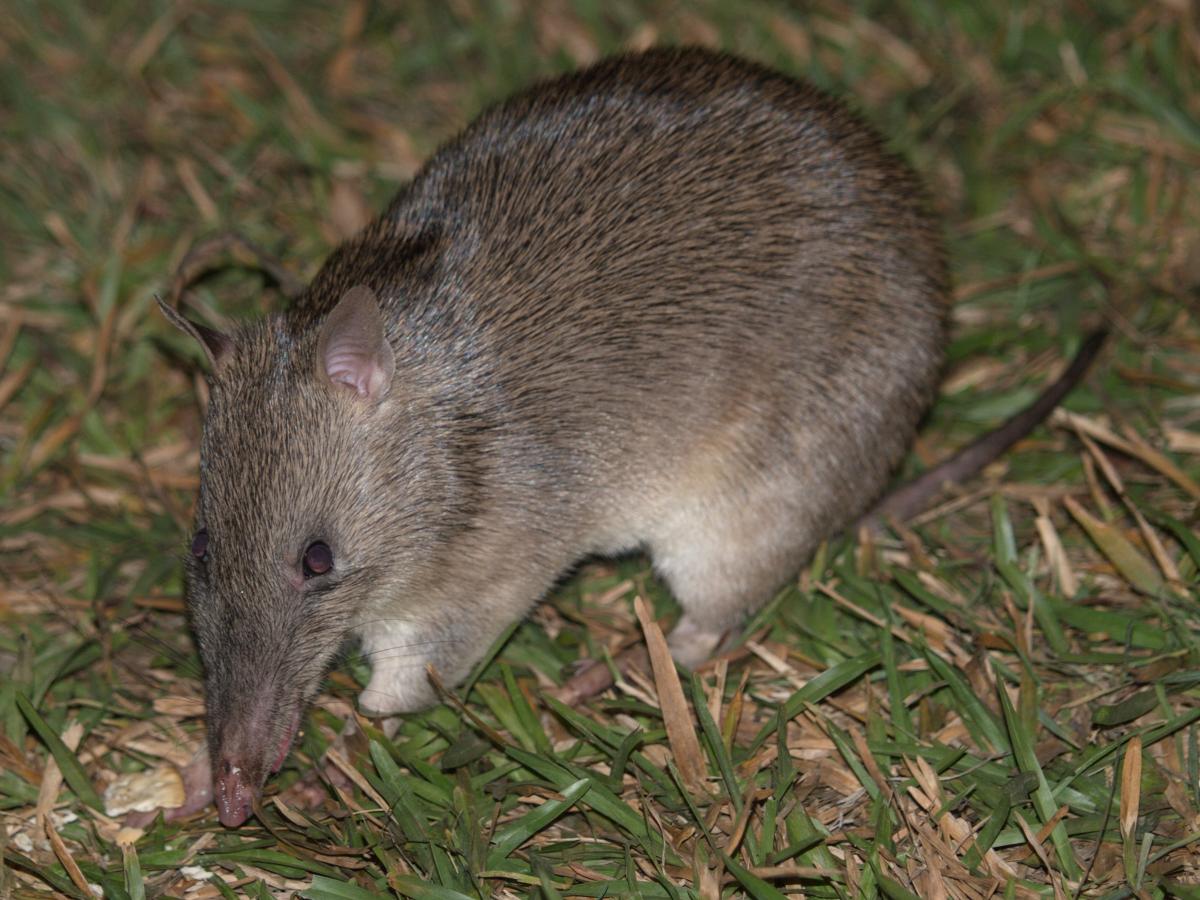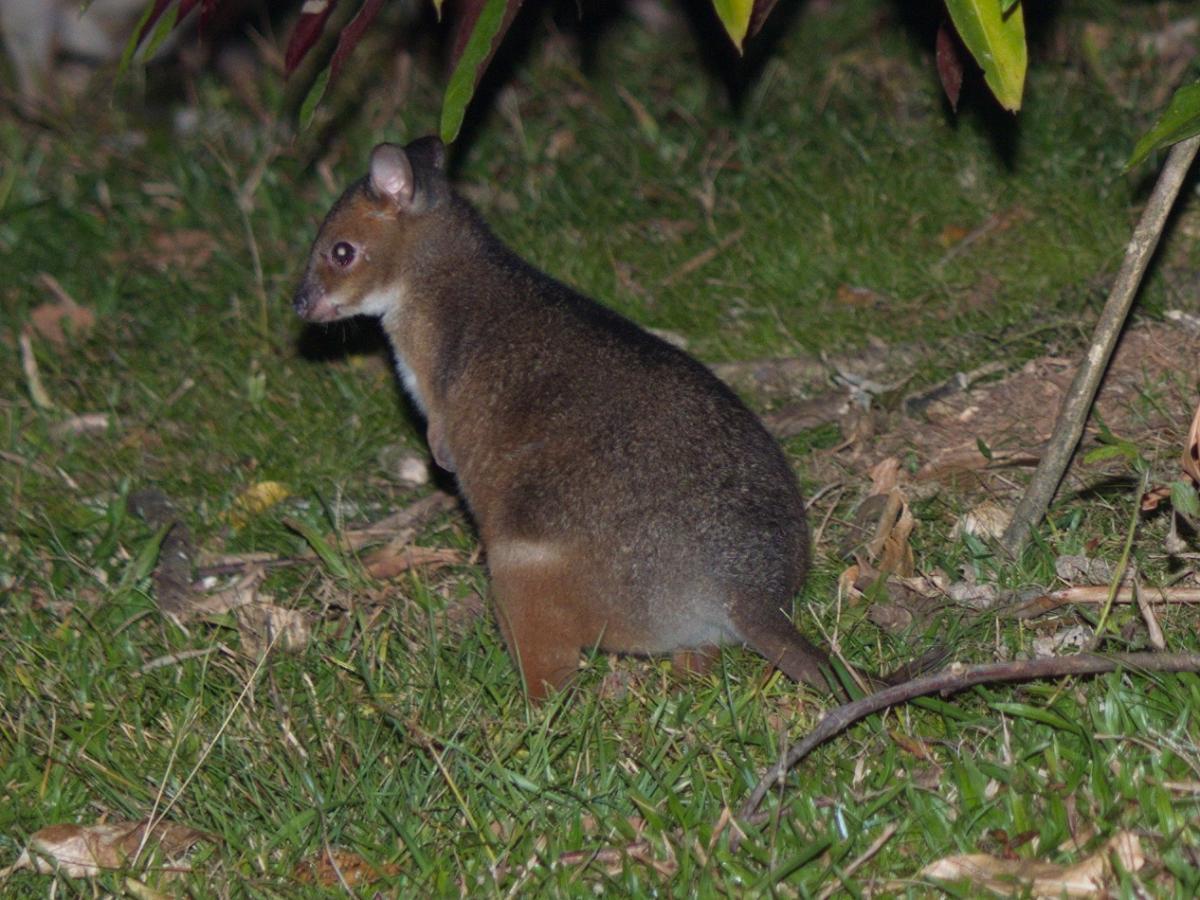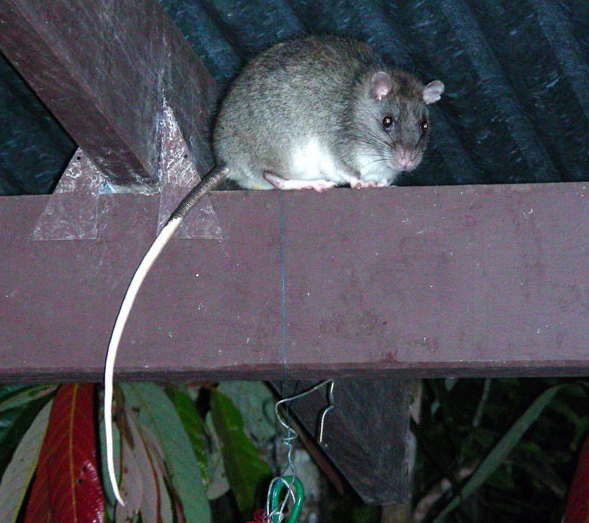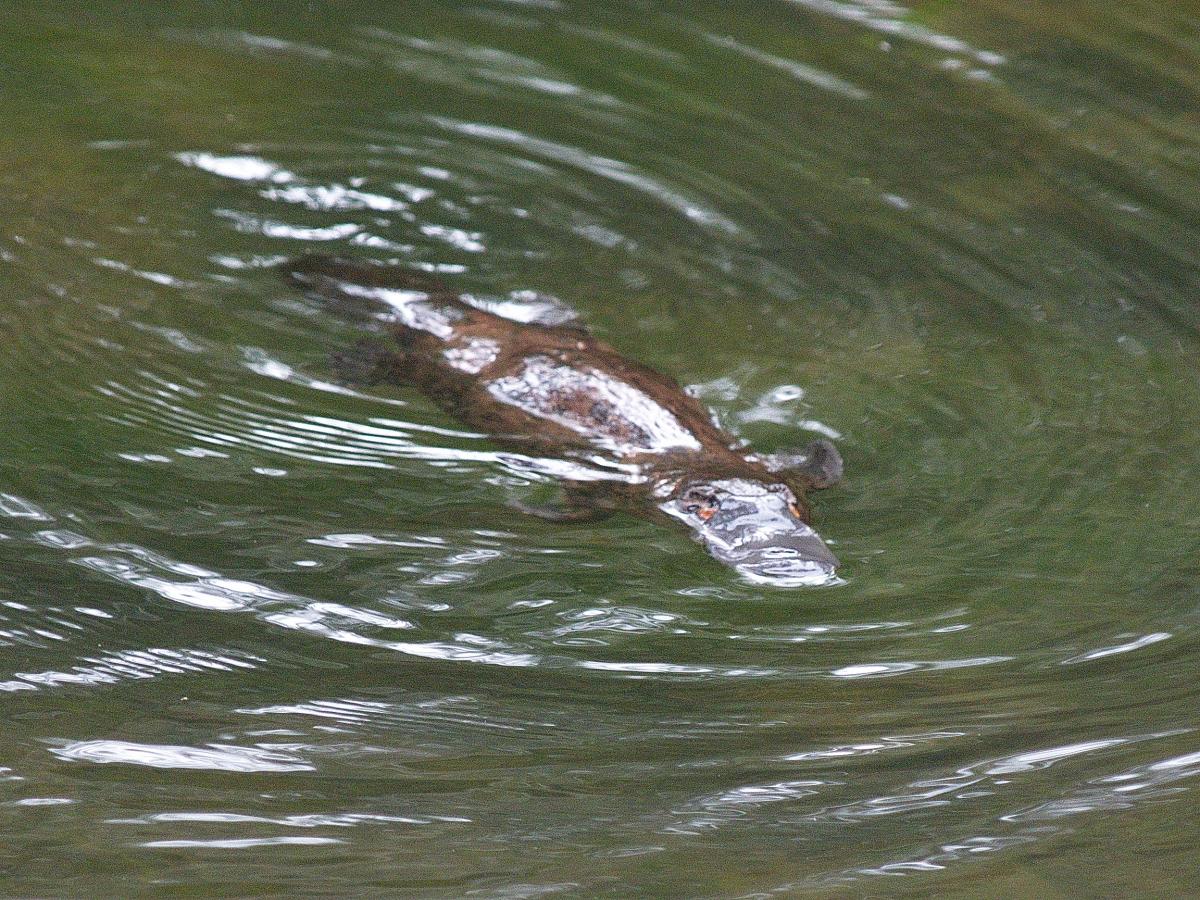By Jamie Oliver
This selection of 5 easy mammals includes a mix of monotremes (platypus and echidna), marsupials (kangaroos and relatives), and placental mammals (all other mammals). While monotremes and marsupials are mostly restricted to Australia, New Guinea and neighbouring islands, there is occasionally a misconception that Australia has no native placental mammals. This is far from the case. Australia has a very rich diversity of native bats and rats which actually outnumber marsupials in terms of species. Recent scientific work also suggests that the dingo should be considered a native mammal.
In general, it will require more effort and a bit of luck to see the “easy” species listed here compared to other groups in this series. They are pretty easy to recognise, but unfortunately, they are not regularly encountered.
The majority of mammals in the Wet Tropics are either nocturnal (most active at night) or crepuscular (active at dawn and dusk). For three of the following 5 easy species of mammal your best chances of seeing them would be along the village tracks or roads after dark with a spotlight.
Dingo and platypus can be seen during the day but more frequently in the morning and evening.
1. Northern Long-nosed Bandicoot (Perameles pallescens)
Bandicoots are marsupial mammals with rear- facing pouches. The northern long-nosed bandicoot is now considered to be a separate species from the long-nosed bandicoot found further south. However, most nature guides will still refer to animals in this region by the earlier name – Perameles nasuta.

The northern long-nosed bandicoot is a common evening visitor in most gardens around the village, where it leaves round conical holes in lawns. It has grey-brown fur on its back and a pale belly. Its most distinctive feature is its long, finely-tapered nose, which it uses to detect and dig out insects and other invertebrates near the soil surface.
_Creative_Commons.jpg?bwg=1589850038)
One other species of bandicoot that can be seen in the area is the northern brown bandicoot. It is a bigger animal with smaller rounded ears, a darker brown back with streaks of black, and a shorter, less finely-pointed snout.
Bandicoots are commonly seen along the local walking tracks at night and can be detected from their eyeshine. They will occasionally make a grunting or squealing sound if disturbed.
2. Red-legged Pademelon (Thylogale stigmata)
Pademelons are diminutive relatives of kangaroos that live in rainforests and dense bushland. The red-legged pademelon is frequently seen on grassy lawns after dark or foraging near the local walking tracks. They can be picked up from their eye shine if you are using a torch. It is often heard before it is seen, giving one or more thumps with its hind foot at it runs away into the bush. If you get close enough, you will see it has, in addition to ruddy-brown legs, a distinctive pale cheek stripe and horizontal hip stripe.

In the forest pademelons eat fallen leaves, but many gardeners in Paluma will attest to the fact that they are partial to certain fresh leaves of ornamental plants such as Gardenia, as well as lawn grass.
3. White-tailed Rat (Uromys caudimaculata)
The white-tailed rat is a placental mammal whose reputation matches its size. It is one of the biggest rats in Australia, weighing up to 1 kg and is nearly 30cm long.


It is active at night in the forest and around homes. You are most likely to see the results of this rat’s nocturnal activities around village houses rather than sighting the culprit. These rats have tremendously strong teeth and jaws and readily chew through wood and hard plastic – including wheelie bins! Some locals call it the “tin-opener rat” and swear it has opened tins to get at the contents!
If seen, the rat is easy to identify from its size (like a small cat) and its distinctive tail, which is half to two-thirds white.
White-tailed rats can be seen along the tracks as well as throughout the village at night and can be picked up by their eyeshine if you are using a torch.
4. Dingo (Canis dingo)
The Dingo is a placental mammal and has frequently been considered a subspecies of the wolf (Canis lupis) together with domestic dogs. Recent scientific papers have argued that they should be considered a separate species (Canis dingo) and that they are true native mammals to Australia.
Dingos are very similar in size and shape to some domestic dogs. They are most frequently light golden brown in colour with a white chest, belly, paws and tail tip. There is a second colour morph that can be seen around Paluma that is dark brown and tan. Dingos used to be very common around the village up until the local tip was closed. Now you are most likely to spot them in the early evening or morning along the side of the road out to Hidden Valley and to the Dam. Like all mammals they can be detected by their eyeshine at night if you are using a torch. Like other canines, they hunt in packs and eat a variety of other mammals, lizards, birds as well as carrion.

5. Platypus (Ornithorhynchus anatinus)
The duck-billed platypus is one of two monotreme (egg-laying) genera of mammals in Australia (the other is the echidna). Platypuses are often considered be a rare inhabitant of the bush, but they are actually quite common. Semi-aquatic, they can be found in most medium-sized streams and billabongs in a variety of habitats throughout eastern and south-eastern Australia and Tasmania.

They are mainly nocturnal but can be readily seen in the early morning or late evening diving down to catch a range of invertebrate prey, which they locate using electromagnetic sensors in their bills. Once hunted for their soft fur, platypuses are unmistakable! If you are lucky enough to get a good view, notice the leathery bill, webbed feet, and flattened naked tail when it comes to the surface to chew on the food it has gathered from the bottom. They are an irregular visitor to larger streams around Paluma, including Ethel Creek, Birthday Creek and the Village weir. Permanent populations can be found on Paluma Dam and Running River

Thanks for all of your contributions, they are all interesting.
Thanks for your thoughts on this issue, Michele. In addition to longevity of residence, the other argument I have read in support of the Dingo being recognised as a native mammal, as opposed to a domesticated animal brought in by early indigenous immigrants, is that they have never really been domesticated and mostly live entirely independently of humans. The fact that they associate with humans when it is in their interests does not make them domesticated any more that it would for native birds or insects (or even plants) that associate with people and their infrastructure.
Another very informative and educational post Jamie! I would add a comment with regard to the dingo. I am one of those scientists who subscribe to the belief that dingoes are in fact a native Australian mammal. Sound archaeological evidence from radiocarbon dating indicates that dingoes reached southern Australia by at least 5,000 years ago. Recent DNA evidence from the Nullarbor Plain suggests that the arrival of the dingo might have been as much as 18,000 years ago. How long do you have to inhabit a continent before being considered as a native species?
There is an interesting article with a summary of the scientific evidence at the following link: https://www.nature.com/articles/s41598-018-28324-x